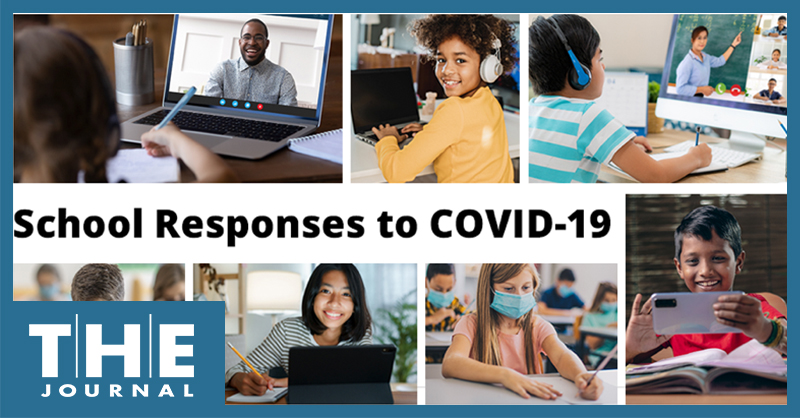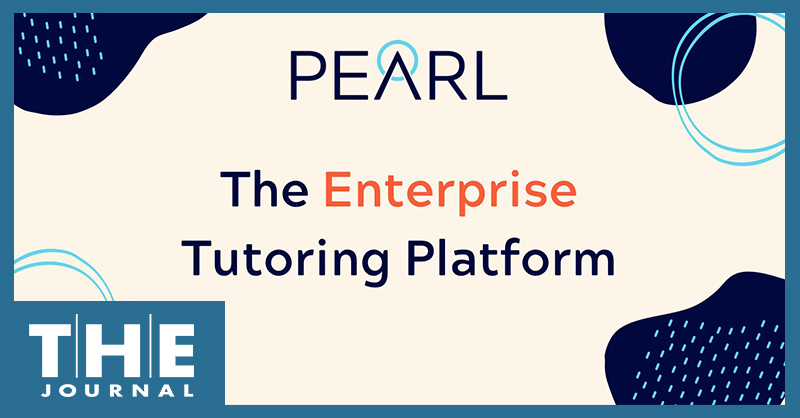
While addressing the needs of all students (especially after a global pandemic) could never boil down to a common formula, educators as well as families and tutors must rely on proven methods for teaching foundational literacy skills, says a literacy instruction expert from ReadingPartners.org, who offers five key elements that every literacy learner needs.
A National Center for Education Statistics School Pulse Panel K–12 survey done in September 2022 of 1,010 public schools showed that over 56% offered intensive summer school or after-school programs during the 2022-23 school year, but measures to prevent COVID-19 have stayed the same or decreased since the 2021-22 school year.
As the pandemic’s negative impacts on learning outcomes continues to make headlines in K–12 education and as leaders consider what works and what doesn’t, a new guide from VHS Learning offers research-based help in selecting online learning solutions.
As schools respond to the far-reaching mental health crisis in our schools, close collaboration between students, families, schools, community organizations, and support services can be a game-changer, and technology can play a role in making the collaboration easier and automatic. An expert in digital case management systems shares three ways schools can enhance their collaboration practices to better address students' needs.

Survey results released today by the U.S. Department of Education’s National Center for Education Statistics shows that as of the start of the 2022–23 school year, almost half of K–12 public schools reported providing internet access to students who need it at their homes, and almost three quarters are providing training on digital literacy for their students.

The solution to teacher burnout and turnover lies in ensuring literacy educators are valued, heard, and have access to the science of reading knowledge, as well as tools that are based in the science and empower them by taking some of the work off their plates — here are five things schools can do right now to support teachers and improve retention.

Tutoring platform Pearl today announced that its partnership with the 1-year-old Illinois Tutoring Initiative will expand statewide to all districts meeting the eligibility requirements, thanks to leadership from Illinois State University and federal pandemic relief funds.
A survey of 1,015 teachers and 343 preK–12 administrators across the U.S. asked how the pandemic had affected their teaching and curriculum choices, especially between the 2020-21 and 2021-22 school years.

As districts consider their assessment processes and how they will be used to support student learning, asking questions, and determining the goals for an assessment can help. Building and maintaining a balanced assessment system is essential for schools, but the process can be complicated. School district leaders want to make sure they’re using and administering formative, interim, and summative assessments at the right times and in appropriate ways.
The New Hampshire Department of Education recently tapped Tutor.com to provide 24/7 online tutoring access to every middle and high school student in the state, including those enrolled in public, private, and charter schools, as well as home-schooled students in the Education Freedom Account and Home Education programs.